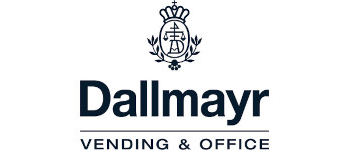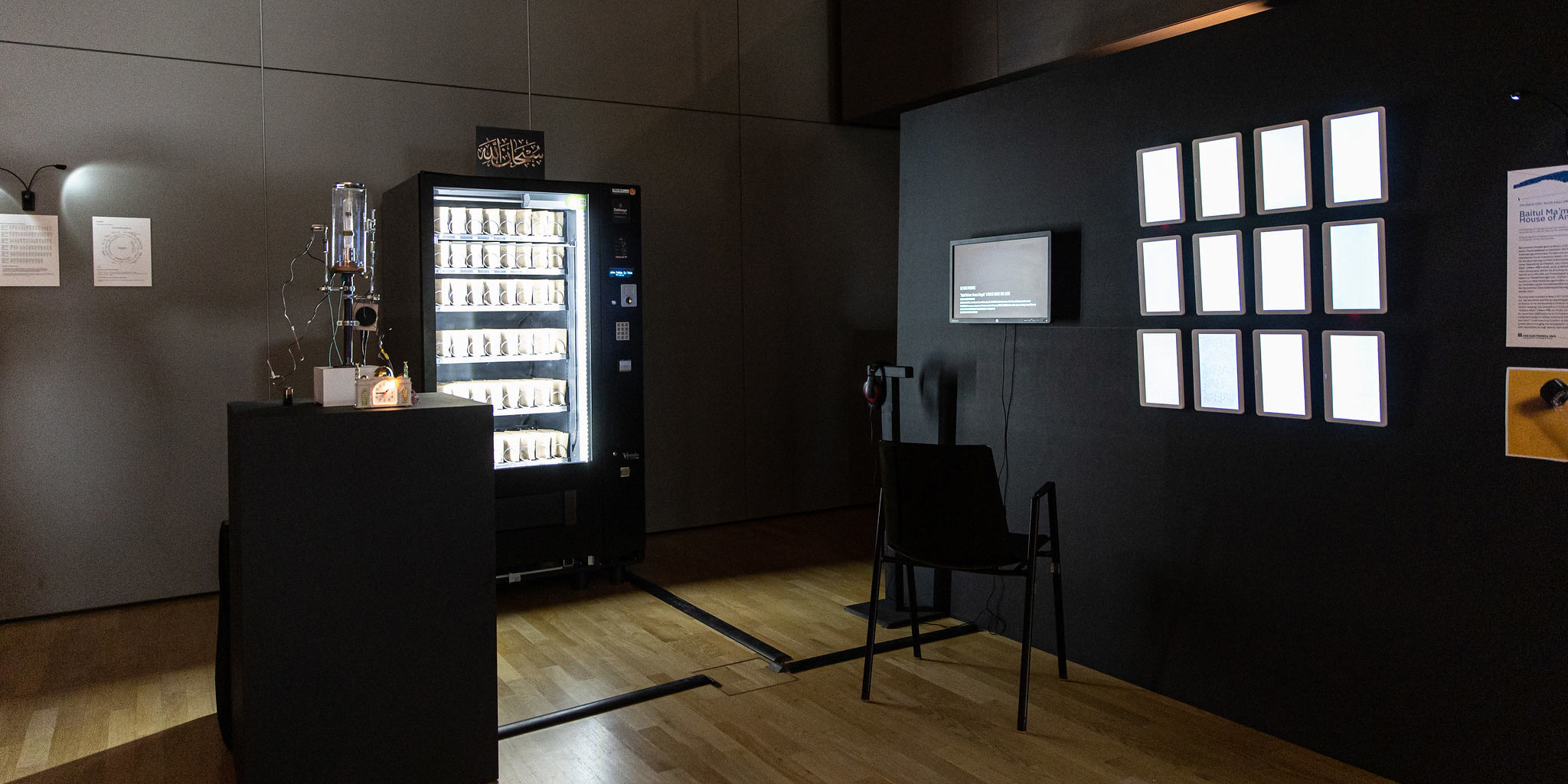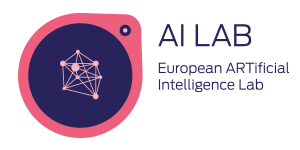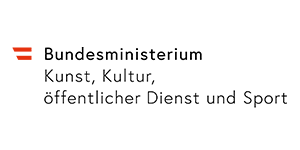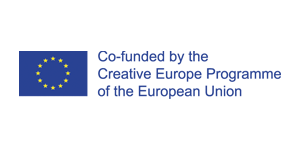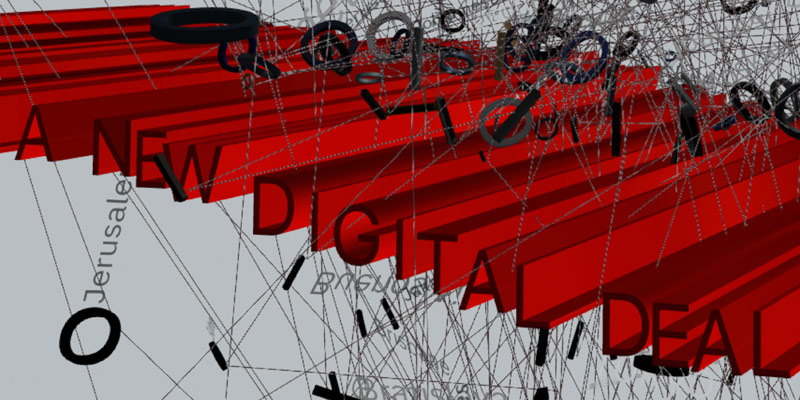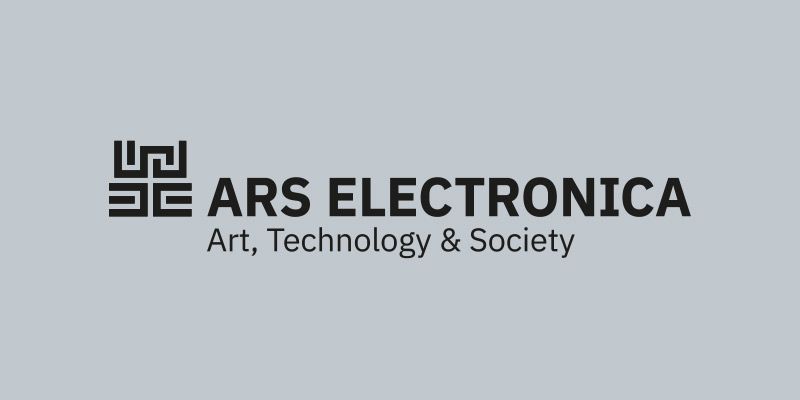Ours has been a project to keep 2.417 quintillion angels on the head of a pin. We have been inspired by repeating geometries and nested calligraphies of Islamic art to demonstrate a similarly recursive scheme for DNA information-keeping. DNA molecules having 3 base-pairs or more simultaneously hold 3 unique numbers, and a coding strategy based on these numbers combines several different layers of informational symmetry. Our example is a molecule holding multiple encodings of “Subhan Allah” (سبحان الله ), an Arabic phrase said to have been repeated for more than 1000 years as an invocation associated with creating angels. Tradition holds that any number of angels can be generated in this way and that it makes no difference whether the phrase is spoken, written, or caused to be printed. Using technology to reliably synthesize DNA, we created iterations of “Subhan Allah” in astronomical numbers of DNA molecules to show that symbolism about changing the demographic of heaven can be elegantly aligned with capabilities for high density information storage in DNA. Each of our encoded DNA molecules contain 19.5 repeats of “Subhan Allah” so that a 1mm layer of DNA on the 0.75mm head of an average straight pin can hold over two hundred million billion angels. We hope our gesture of generating so many angels may provide comfort in times of a pandemic that has claimed millions of lives. This has been an exercise in bridge building, between art, mathematics, science, and spirituality across multiple expressions. We see humanity as one tribe, confronting the chaotic forces of nature, the accumulating toll of human impacts on our shared environment, and the problematic nature of our “best intentions,” behind which all too often lurk the terribly violent and destructive impulses that have shaped human history.
2.417 quintillion (2.417 X 10^18) angels in a 1mm layer of DNA on the head of a typical straight pin:
2.417 quintillion angels = 6E23 x 1 x pi x 0.752 x 1E-3/(330 x 258/19.5)
Credits
The artists also wish to acknowledge the following individuals for their contributions, support, and inspiration: Yassir Chadly, California (US); Saad Khan, Uprising Ventures, California (US); Je Hyuk Lee and Ryan Peters, Cold Spring Harbor Laboratory, New York (US); Kyle Cromer, Dept. of Pediatrics, Stanford Univ., California (US); Gabriel Filsinger, Harvard Medical School, Blavatnik Institute, Dept. of Genetics, Massachusetts (US); Ashley Bell Clark, Dept. of Photography, Pratt Institute, New York (US); David Deamer, Dept. of Biomolecular Engineering, Univ. of California, Santa Cruz, California (US); Adam Steinberg, Creative Technologies, Massachusetts (US); Peter Sasowsky, Serious Motion Pictures, California (US); George M. Church, Harvard Medical School, Blavatnik Institute, Dept. of Genetics, Massachusetts (US). With support from: To date all project costs have been covered out-of-pocket. Wet work has been carried out either commercially, at the lab benches of the principal artists, and/or at lab benches of friends and colleagues (incl., Je Hyuk Lee, Kyle Cromer, Gabriel Filsinger, and Ekin Kuru). Design and fabrication of the glass and aluminum “Baitul Ma’mur” structure, electronics, and project graphics production in the residential studio of one of the artists (Joe Davis) have also been self-funded. Ashley Clark, Peter Sasowsky, and Joe Davis have donated video production and editing services. Adam Steinberg has composed and performed an original score for a short Baitul Ma/mur documentary and David Deamer has contributed a musical score directly translated from the “Subhan Allah” DNA sequence.
This project is presented in the framework of the European ARTificial Intelligence Lab, which is co-funded by the Creative Europe programme of the European Union and the Austrian Federal Ministry for Arts, Culture, Civil Service and Sport.

